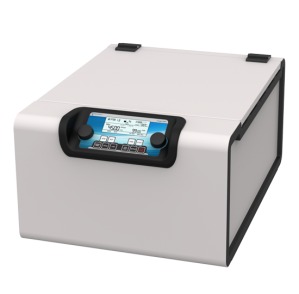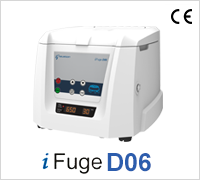A centrifuge is one of the most popular laboratory devices around. Almost every chemical and medical laboratory will have one, besides which several other laboratories also have a centrifuge. The Laboratory Centrifuge There are many applications of a centrifuge device. It has medical applications like helps in the analysis of blood, it has chemical applications, like help in the analysis of several chemicals. A centrifuge is also used space station laboratories for testing purposes. A laboratory centrifuge is a device that is driven by a motor that spins the liquid sample at a very high speed. The size of the centrifuge can vary, depending on the size of the sample. Such centrifuges come with a speed setting as well. The basic principal of a centrifuge is the sedimentation effect, where centripetal acceleration is used to separate greater and lesser density substances.
What is a centrifuge used for in a lab?
A centrifuge is a very useful device in the laboratory. There are many applications for this device. It is used in the separation of fluids, gas and other liquids based on their respective density. The way it works is by spinning the sample at a very high speed in the centrifuge and allowing the centripetal force to separate the heavier particles to the outer section of the centrifuge. Here is a list of applications of a centrifuge in a laboratory:
- The centrifuge is used to separate a blood sample into different components. This separation helps in the analysis of the various components of blood like, red blood cells, white blood cells, plasma, etc.
- A centrifuge is used in DNA / RNA separation. It is also used for cell culture separation.
- Besides which it is also used in the study of viruses, proteins, nucleic acids, polymers, and blood.
Neuation has the perfect centrifuge for you
Neuation manufactures many laboratory equipments including the centrifuge. Neuation is an ISO 9001: 2008 company hence their products are of high quality. In addition, to which the management system is ISO 13485: 2003 (certified lab equipment manufacturer). All their products are consistently good and of international quality. A great deal of research is done at Neuation to improve the existing products and experiment with new ones. Hence the centrifuge devices available here are highly feature rich and of high quality.






 All most every medical laboratory will have a Microcentrifuge device; the main reason being that there are many uses of Microcentrifuge device. It is very common for a chemical and biological laboratory to have one too. This is one device that is used to a great extent in such labs and for many other applications as well.
All most every medical laboratory will have a Microcentrifuge device; the main reason being that there are many uses of Microcentrifuge device. It is very common for a chemical and biological laboratory to have one too. This is one device that is used to a great extent in such labs and for many other applications as well.
You must be logged in to post a comment.